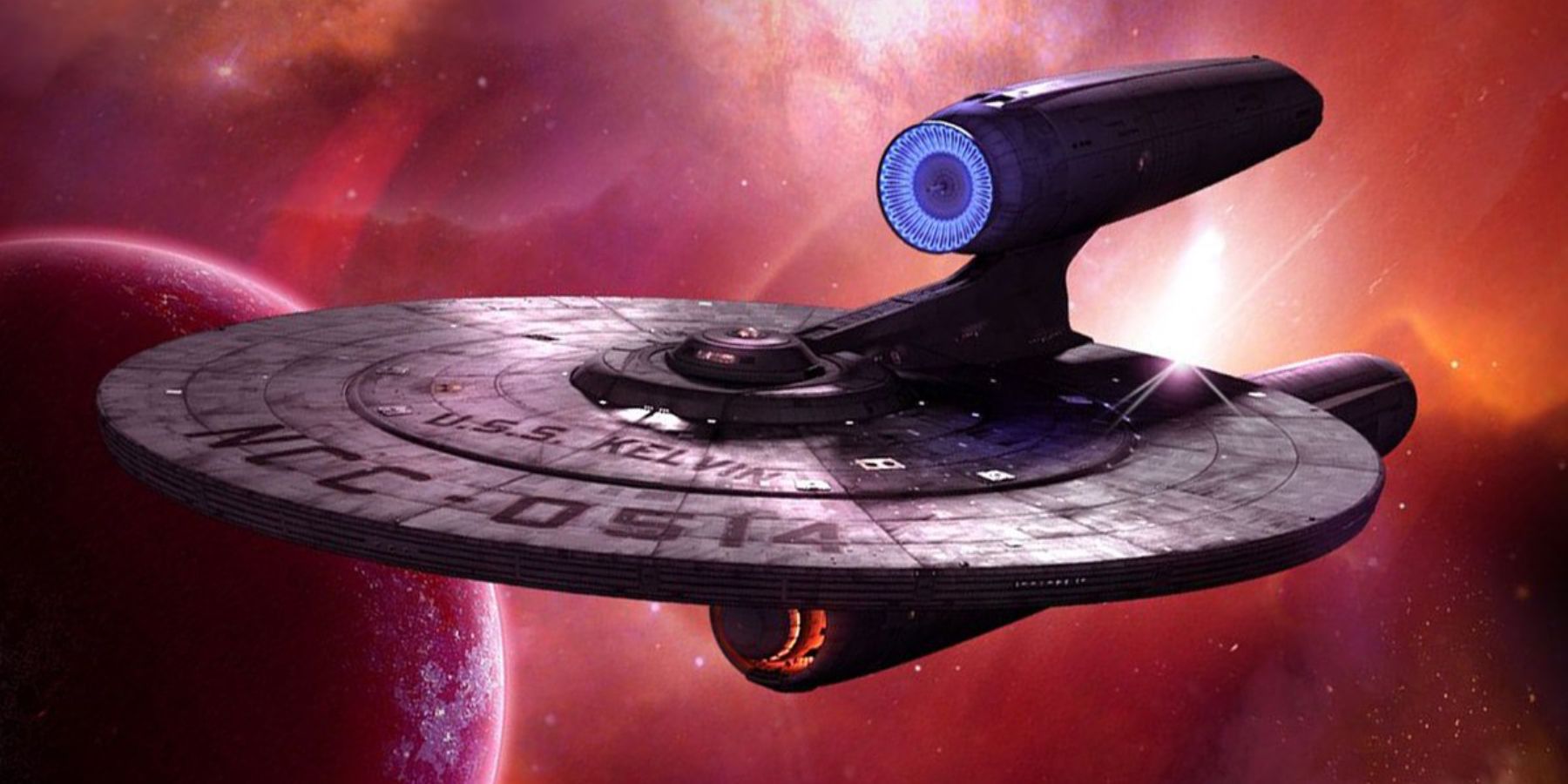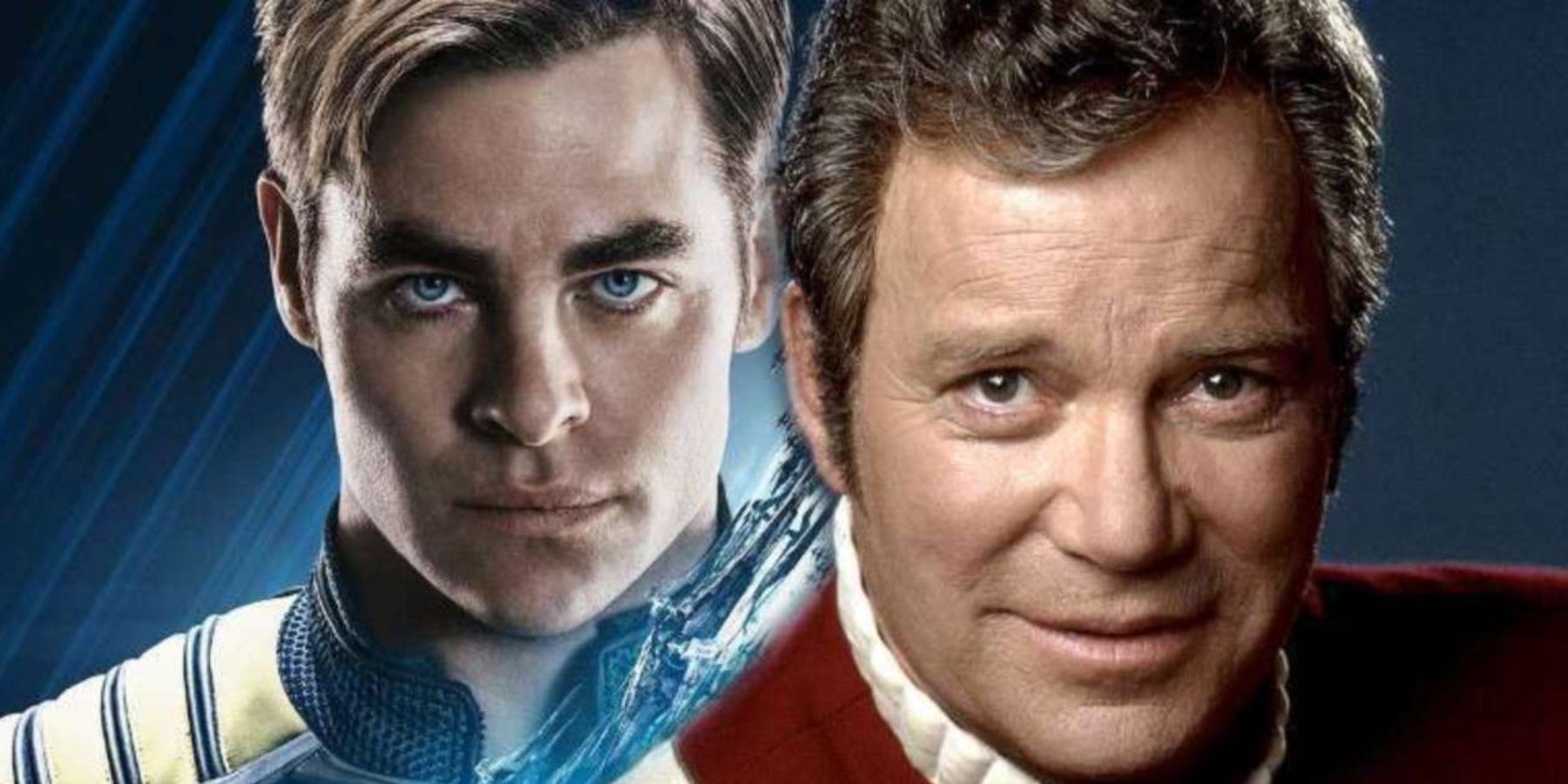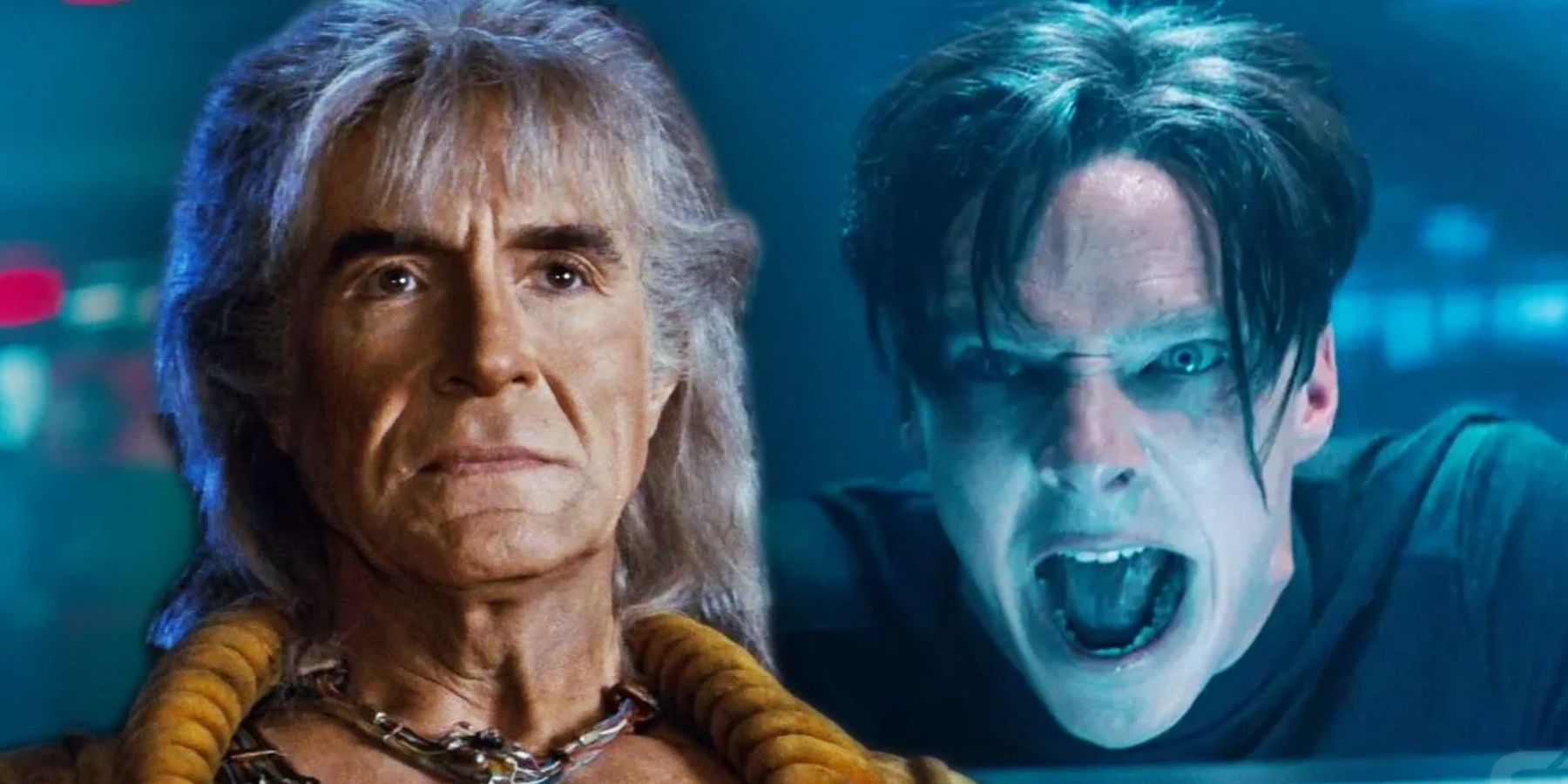Star Trek first graced the small screen way back in the late 1960s, and since then it has been a staple in the science fiction adventure genre. Over the years it has not only come up with some of the most incredible depictions of what further lies ahead for mankind, but also influenced modern day technology. This all came to a rather disappointing stop, however, back in 2005 when the Star Trek: Enterprise went off the air, leaving a large void for the first time in years. Eager to bring Star Trek back into popular culture and re-invigorate the franchise Paramount Pictures set about creating not only a new, never seen before action adventure Star Trek film, but to create an entirely new timeline: The Kelvin Timeline.
Paramount wanted a prequel film, showing what led Captain James T. Kirk and the much loved, much memed, Spock to where audiences see them in The Original Series. Screenwriters Alex Kurtzman and Roberto Orci were hired to create this story, but they quickly ran into conceptual problems. Their biggest problem was that audiences already knew the story of these characters and what happens to them. Unless purely new people were watching the film, there would not be the same amount of drama or suspense, especially when they know how these characters die (and thus know that they don’t die in the new film). The other issue was that Kirk’s life before the events of The Original Series were not particularly film-worthy. That's not to say they were not interesting or exciting, but there wasn’t much canonically there to explore.
Keeping to the canon was something Kurtzman and Orci were especially interested in. They had an opportunity to rewrite the story, make changes here and there that broke with the history Star Trek had established so well over the years. Instead, they decided to do something interesting, and use time travel to create a whole new timeline. With this device, they were able to incorporate new and fresh ideas and narrative, but left the original “prime” timeline in place. This is one of the main story elements of the 2009 film Star Trek, which starts in the year 2380 in, interestingly, the “prime” timeline. This is the same universe audiences know and love, the one that gave them heartbreaking moments on DS9, and the enigmatically wonderful Captain Picard.
The Romulan sun is about to go supernova, which would destroy not only Romulus, but countless other nearby worlds. Cutting a long story short, Ambassador Spock used a red matter device to stop the disaster, but he failed to save the home world, leading him to be chased and attacked by a lone Romulan mining ship, the Narada, captained by a Romulan named Nero. This is where things start to get complicated. During the chase, the two get caught in the gravitation pull of a black hole, which flings them back in time to the year 2233, over 150 years in the past. Being a Romulan, Nero, despite his confusion, seeks out and attacks the nearest Federation ship, which just so happened to be the U.S.S. Kelvin, captained by none other than First Officer George Kirk — James T. Kirk's father. In an effort to save the countless shuttles escaping the destruction wrought by Nero, which included a shuttle containing the newborn James Kirk and his mother, George Kirk sacrifices his ship. As the Kelvin is destroyed, it sets about the start of the new timeline, named in honor of the ships' sacrifice.
From this point onwards, things follow a fairly similar chain of events to those who know the “prime” timeline, but things are all slightly different. Audiences are shown a different Kirk, one who is rebellious, and far away from the fairly conventional pre-enterprise Kirk mentioned earlier. Bar fights and stolen car joyrides are a few of his newfound hobbies, but as things progress, the old Kirk attitude comes through. Eventually he finds himself fighting alongside Starfleet (after a bit of fibbing) aboard the iconic USS Enterprise. Yet despite his similar trajectory, there are bigger differences in the wider universe. One of these, which came as a shock to many first time viewers, was that the 2009 film ended with the destruction of Vulcan by the hands of Nero as penance for the destruction of his own home world, having blamed Spock.
The similarities and differences continue into the second film Star Trek: Into Darkness where audiences are introduced (or perhaps re-introduced) to the one and only Khan Noonien Singh. In the prime timeline, Kirk is the one who awakens him from the cryogenic stasis, and starts a whole series of events that end in one of the best Star Trek films ever made, The Wrath of Khan. However, in the Kelvin timeline, it is Admiral Alexander Marcus who wakes Khan from his slumber.
After the destruction of Vulcan, Starfleet is no longer the same utopian Starfleet audiences have grown to know and love (ignoring their problematic tendencies) from the previous iterations into the franchise. It had adopted a much more militaristic persona, breeding warlike minds like that of Admiral Marcus. In secret, he blackmails the reawakened Khan to help develop powerful weaponry, as well as warships for the federation. Audiences are treaded to the same characters and baseline story, but from the perspective of an all new timeline.
The Kelvin timeline is rather hit-and-miss among fans of the Star Trek franchise. Some like to ignore its existence, but in a way that’s exactly what the writers wanted. They wanted to retell a story that everyone knew and do it differently, all without breaking the well-respected canon that fans have grown so attached to. Creating the Kelvin timeline was a stroke of genius in a way, and while not being directly linked to the “prime” timeline, the films have still influenced proceeding additions to the franchise. The destruction of Romulan, an event that the 2009 Star Trek states takes place ion the “prime” timeline, plays as major context to the events of 2020s Picard. The Kelvin timeline is a great example of how one small event can cause major ripples within the universe, changing events to near unrecognizable levels, all while producing four (to count the upcoming 2023 film) half-decent Star Trek films.



